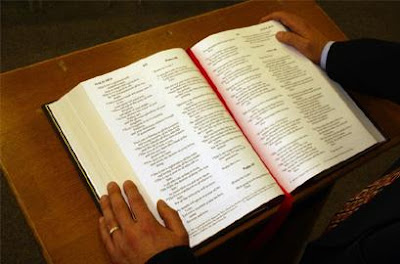Bhuvaneswari
The concept of Goddess Bhuvaneswari as the supreme goddess emerged in historical religious literature as a term to define the powerful and influential nature of female deities in India. Throughout history, goddesses have been portrayed as the mother of the universe, through whose powers the universe is created and destroyed. The gradual changes in belief through time shape the concept of Bhuvaneswari and express how the different Goddesses, though very different in personality, all carry the power of the universe on their shoulders.She is almighty.
Sri Lakshmi
Lakshmi, also called Sri or Sri Lakshmi is an important goddess of Hindus. Lakshmi is the epitome of everything good and prosperous in the world. She as the power behind Lord Vishnu, aids in the preservation of the world. Lakshmi like Vishnu has many incarnation the most important ones being: Sita and Radha.
Parvati
In Sanskrit language, Parvati means a daughter of the mountains, the Himalayas. Goddess Parvati is the wife of Shiva, one of the three main gods of the Hindus. If she is shown seated by the side of Shiva, she has two arms. If she comes alone, she has four arms. She rides on a tiger or a lion.
Saraswati
Saraswati is the goddess of speech and learning. Vedas tells about her. Her image shows that she has four arms. In her hands, she holds a book, a rosary, a pot of water, and a lute.
In ancient time there was also a river nahiimed Saraswati River. The river dried up long ago. This river is also considered a goddess.
Sita is one of the most popular goddesses of Hindus. Hindus of north India especially worship her. She is an avatar of Lakshmi. She was married to Rama, an avatar ofVishnu. Hindu scriptures say that Vishnu and Laxmi are husband and wife.
Radha
The word Radha means riches and success. Her name comes with the name of Krishna, another avatar of Vishnu. Some Hindu scriptures describe her as a form or avatar of goddess Lakshmi.
Durga
Durga is one of the most powerful goddesses of Hindus. Hindu scriptures say that Durga came to kill the asuras, that is, the demons. Male gods had failed to control asuras and she was created. She had the powers of all the male gods combined.
Kali
Kali is one of the main goddesses of Hindus. She is a very powerful goddess. Sometimes she is also called Chandi. Durga and Kali together killed many asuras (demons) who used to disturb human beings.
Kali is a form of Durga that sprang from her head during Durga's battle with the demon Raktabeeja (who represents the power of thoughts, the power which constantly and unceasingly reproduce in the mind) whose blood when touch to the earth generated another Raktabeeja. To end this battle between Raktabeeja and Durga, Kali consumed every drop of blood until Raktabeeja Bled out. Kali is the highest form of the Supreme. Kali's name has two meanings; the first meaning is "dark" which means she represents the Void(brahman. The second meaning is "Time" which is the Destroyer of Everything.
















































